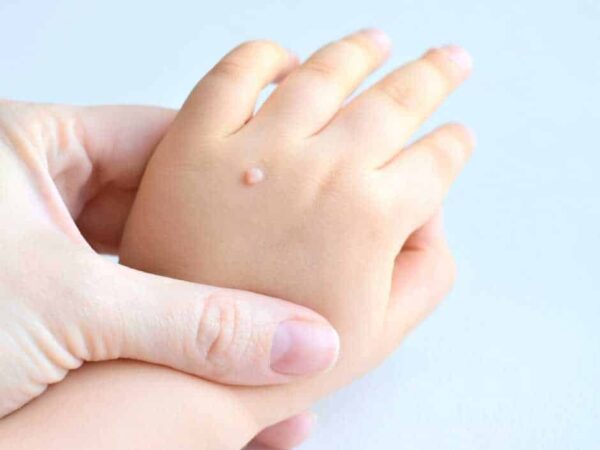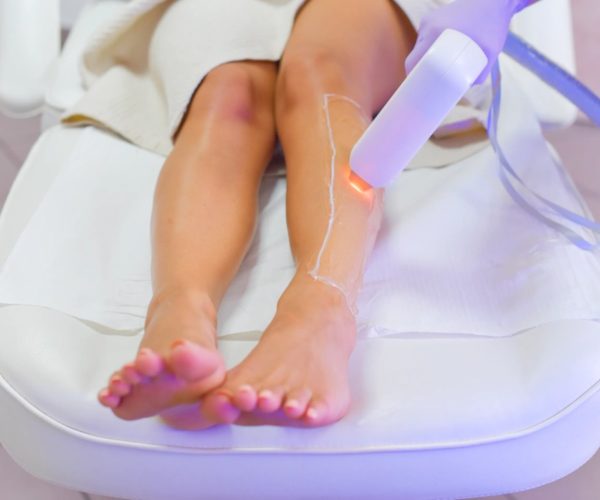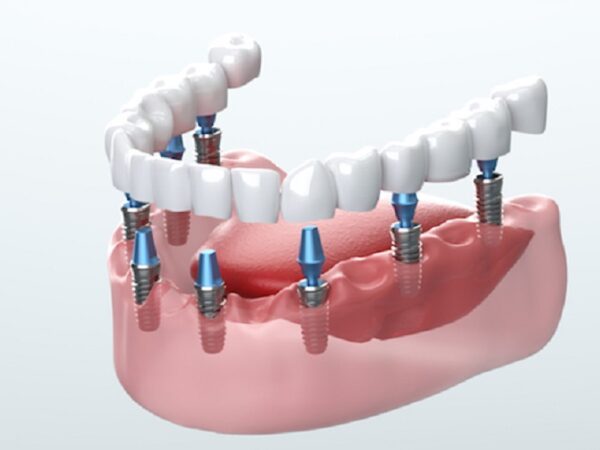The National Center for Biotechnology Information reports that warts are a common problem among whites in the U.S. The institution has also established that 10 percent of the American population has a problem, with a prevalence of 10% to 20 % among school-going children. With such alarming statistics, it is worth understanding more about new york warts. Read on to know more about the causes, risk factors, and symptoms.
What Causes Warts?
Warts are caused by an infection of a virus belonging to the Human Papillomavirus (HPV) family. The virus causes the production of excess Keratin, a protein that is found on the top layer of your skin. Excess Keratin leads to the rapid growth of cells, causing a thick and hard skin build-up in the infected area. Note that these skin growths are not attributed to cancer-causing elements. There are more than a hundred types of HPV, and most of their infections are painless. It is not all HPV viruses that cause warts. HPV is also a sexually transmitted infection that is common among those who are sexually active. Warts usually appear on your hands, feet, knees, and genitals.
Risk Factors of Warts
Not all those who have HPV develop warts because the virus affects the immune system, and some people have stronger immune systems than others. Let us have a look at the common risk factors of Warts.
- Age. Children are more prone to Wats because their immune systems have not fully developed.
- Skin Damage. The HPV virus thrives in moist environments. Damaged skins allow the virus to enter the body and breed. Children and teenagers who bite and pick fingernails have higher prevalence rates of the condition.
- Weak Immune System. Persons with underlying conditions that weaken immune systems, such as HIV, eczema, and diabetes, have a higher risk of getting Warts.
Also, note that Warts are highly contagious and can be spread through skin contact. Therefore, avoiding sharing objects such as razors and clothing reduces your chances of getting the infection. Now let us have a look at the common types of Warts.
Types of Warts
Warts are classified according to the body parts they affect. Here are the most common ones.
- Common Warts. They appear as flesh-colored bumps with black dots. They develop on fingers, knuckles, knees, and elbows.
- Plantar Warts-found on the soles and heels of our feet. Due to the pressure at these points, they grow into the skin.
- Flat Warts are found on the face, arms, and thighs. Generally, you will see a raised growth with a flat top on your shaving parts.
- Periungual Warts-develop around the toe and fingernails.
- Filiform Warts-develop on the face as stalks that protrude from your skin.
- Genital Warts- They are transmitted sexually and affect the genital areas.
Though warts may not cause an instant worry, they need to be given immediate medical attention. Warts on faces and other open body parts strike your appearance and may lead to loss of self-esteem. They also make children feel uncomfortable when they are playing with others. Warts on the foot and genital areas may lead to complications in how you can comfortably carry your day-to-day activities.




